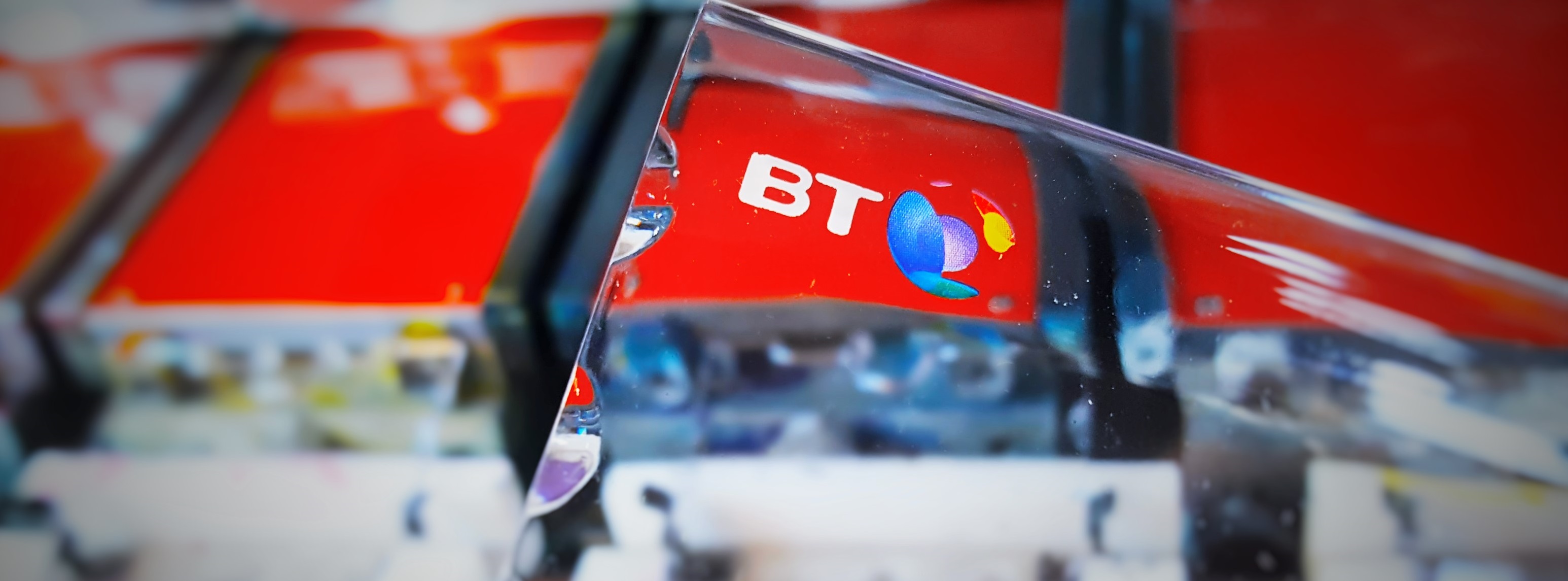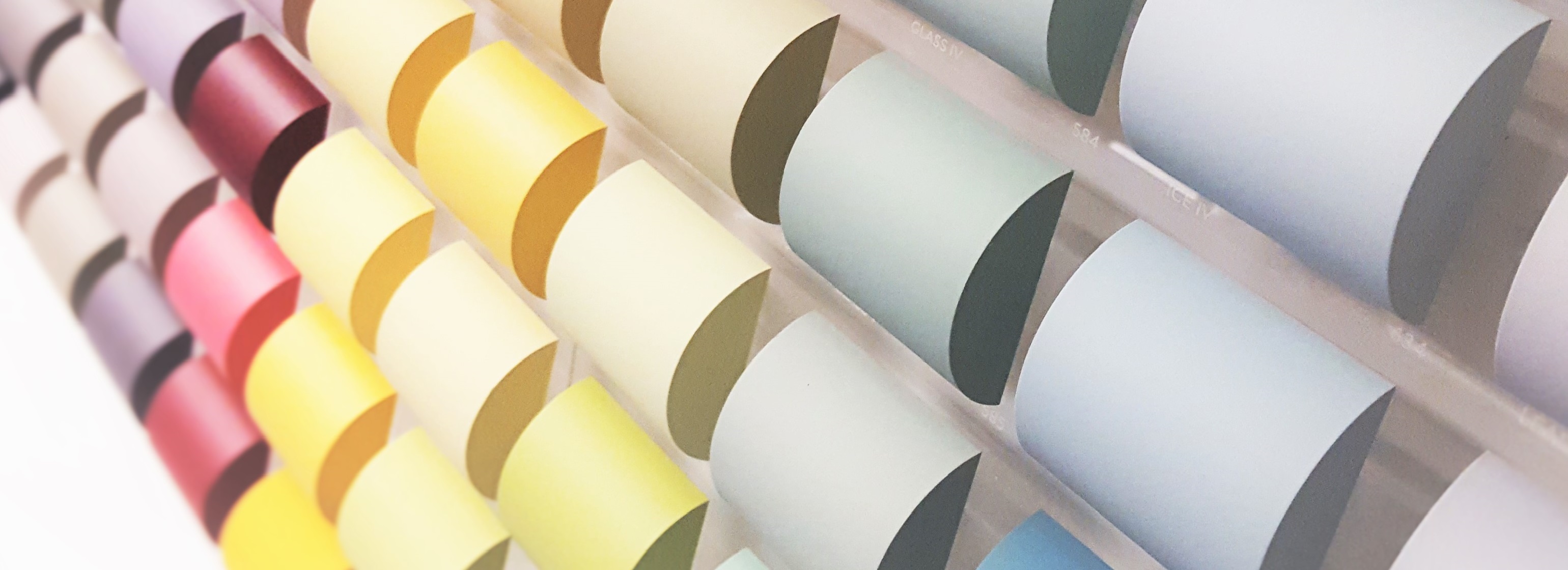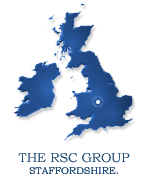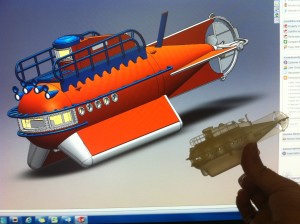RAPID PROTOTYPING by RS Coatings
Published December 3, 2012
RS Coatings’ Rapid Prototyping products are intended to improve manufacturing processes so that tooling is not always required. We create product concept models, precision and functional prototypes, master patterns for tooling, as well as production parts.
Our 3D printing, rapid prototyping and rapid manufacturing technology can use processes to fabricate physical objects using input from computer-aided design and manufacturing software, or 3D scanning and sculpting devices.
RS Coatings’ 3D printer takes digital input from three-dimensional data and creates solid, three-dimensional parts through an additive, layer-by-layer process.
3D printing is used extensively by designers during concept development and early product design to accelerate the design process and improve the quality of the final product.
Additive Manufacturing or 3D Printing
Additive manufacturing or 3D printing is a process of making three dimensional solid objects from a digital model. 3D printing is achieved using additive processes, where an object is created by laying down successive layers of material. 3D printing is considered distinct from traditional machining techniques (subtractive processes) which mostly rely on the removal of material by methods such as cutting and drilling.
The technology is used in jewelry, footwear, industrial design, architecture, engineering and construction, automotive, aerospace, dental and medical industries, education, geographic information systems, civil engineering, and many other fields.
3D Designs
The use of additive manufacturing takes virtual designs from computer aided design (CAD) or animation modelling software, transforms them into thin, virtual, horizontal cross-sections and then creates successive layers until the model is complete. It is a process where the virtual model and the physical model are almost identical.
The standard data interface between CAD software and the machines is the STL file format. An STL file approximates the shape of a part or assembly using triangular facets. Smaller facets produce a higher quality surface.
Printing
To perform a print the machine reads in the design and lays down successive layers of liquid material, and in this way builds up the model from a series of cross sections. These layers, which correspond to the virtual cross section from the CAD model, are joined together or fused automatically to create the final shape. The primary advantage of additive fabrication is its ability to create almost any shape or geometric feature.
The printer resolution is given in layer thickness and X-Y resolution in dpi or microns. Typical layer thickness is around 100 microns (0.1 mm), although our facilities can print layers as thin as 16 microns. X-Y resolution is comparable to that of laser printers. The particles (3D dots) are around 50 to 100 microns (0.05-0.1 mm) in diameter.
Construction of a model can take from several hours to several days, depending on the size and complexity of the model. Additive systems can typically produce models in a few hours, although it can vary widely depending on the size and number of models being produced simultaneously.
Traditional techniques like injection moudling can be less expensive for manufacturing polymer products in high quantities, but additive fabrication can be faster, more flexible and less expensive when producing relatively small quantities of parts. 3D printers give designers and concept development teams the ability to produce parts and concept models relatively quickly compared to traditional techniques.
Photopolymerisation
The main technology in which photopolymerization is used to produce a solid part from a liquid is stereolithography (SLA).
Stereolithoraphy or SLA systems convert proprietary materials and composites into solid cross-sections, layer by layer, until three-dimensional parts are built. An ultraviolet laser cures a liquid resin layer by layer to build highly accurate parts. SLA systems rapidly manufacture parts of different geometries at the same time and are designed to produce prototypes, patterns or end-use parts of versatile sizes and applications.













